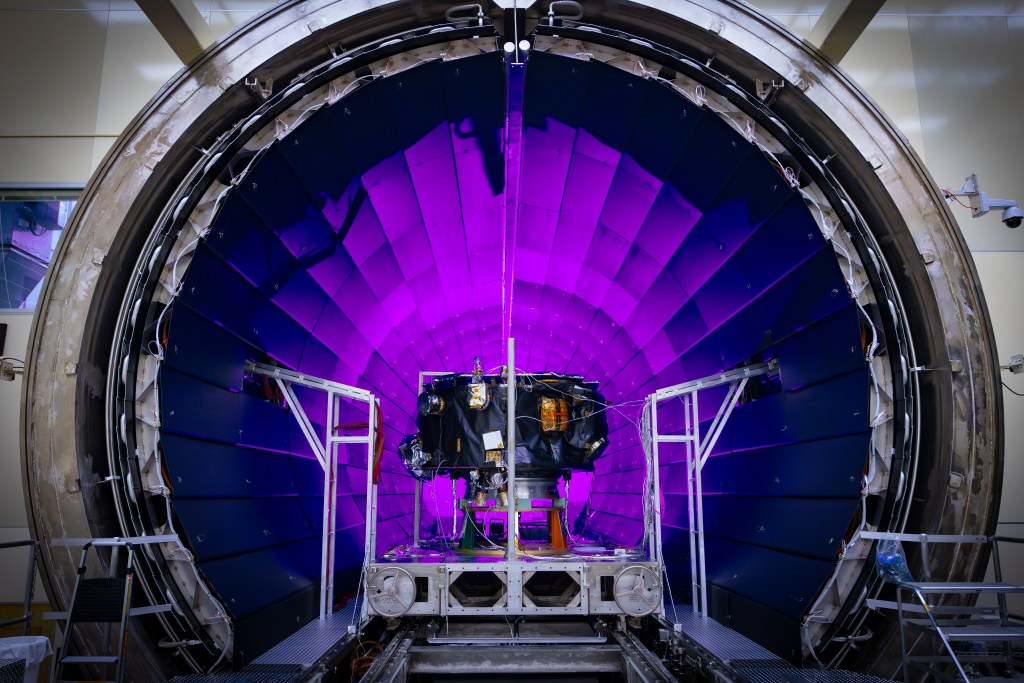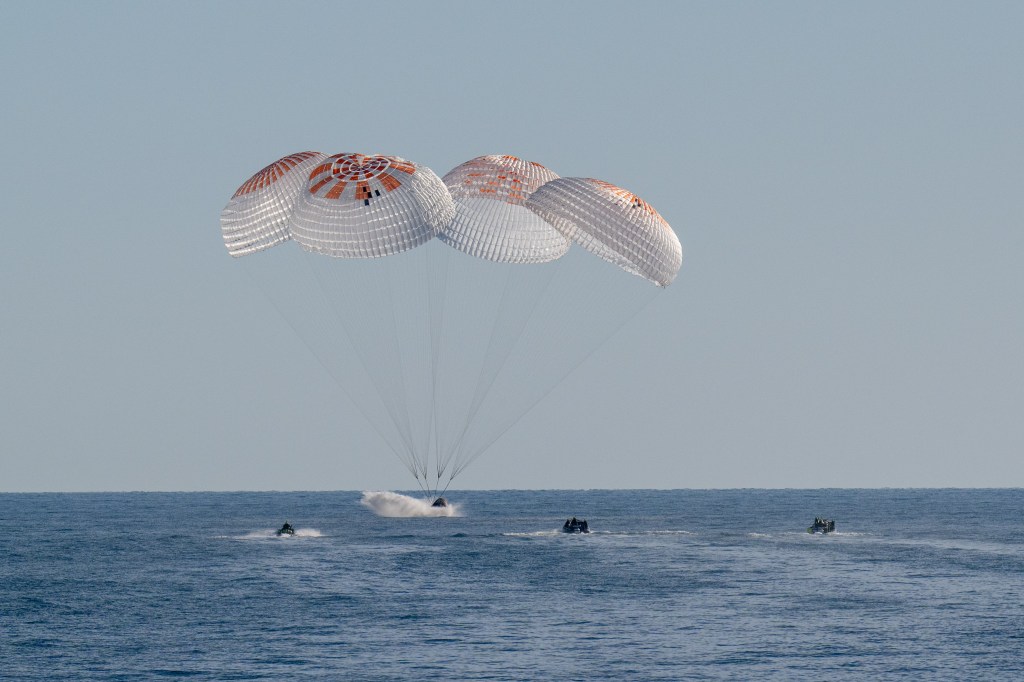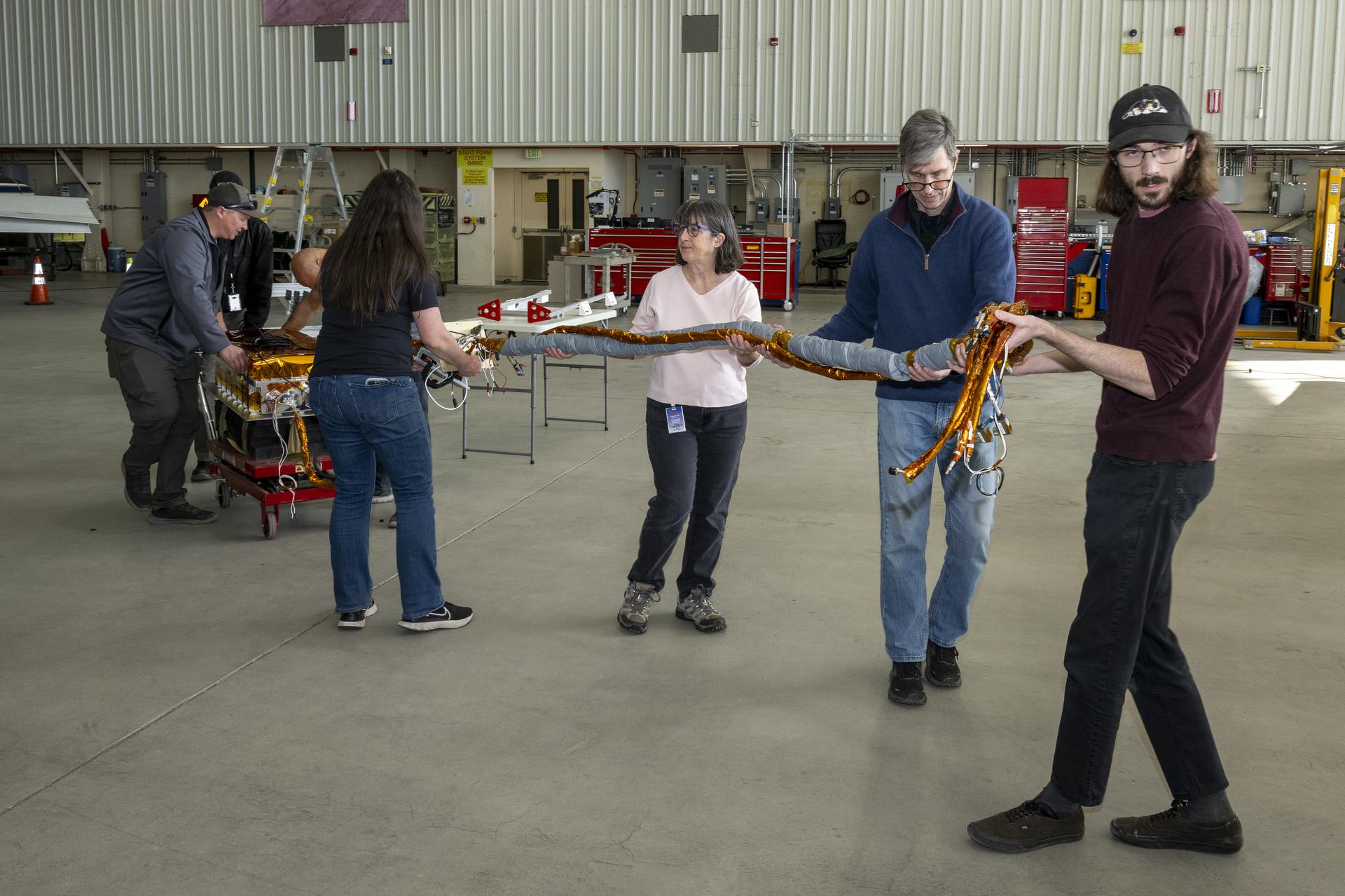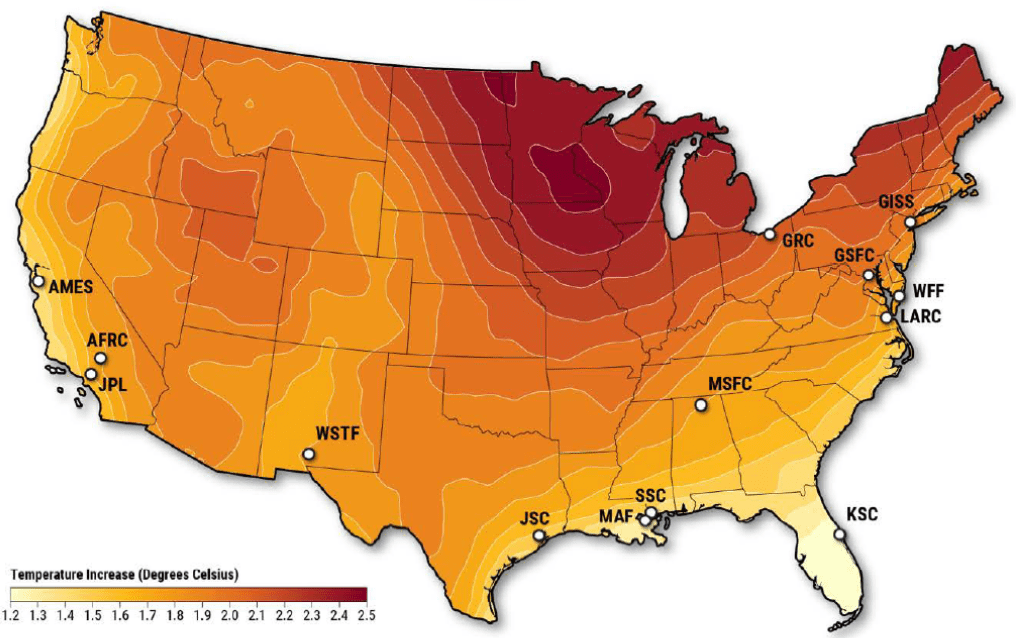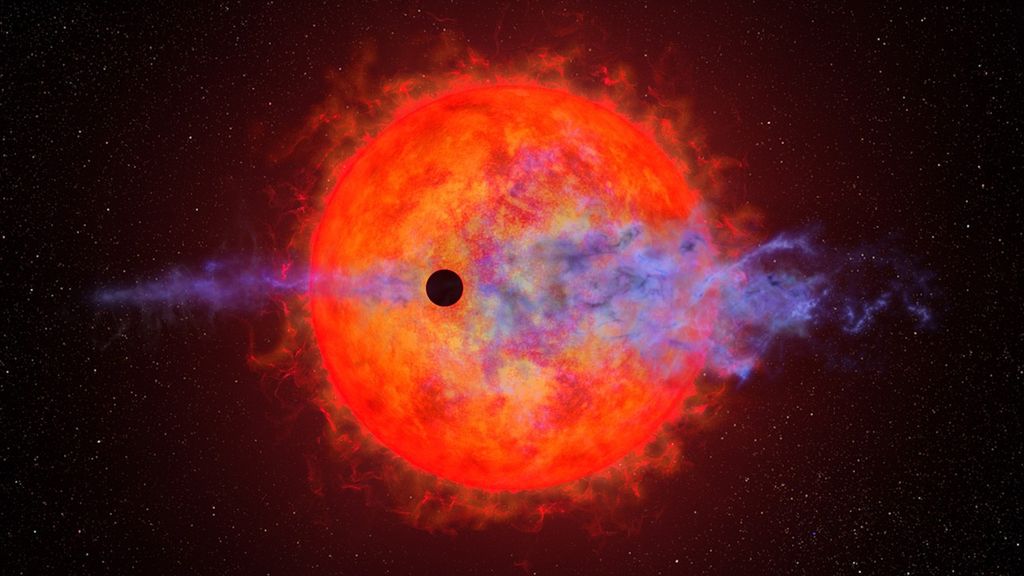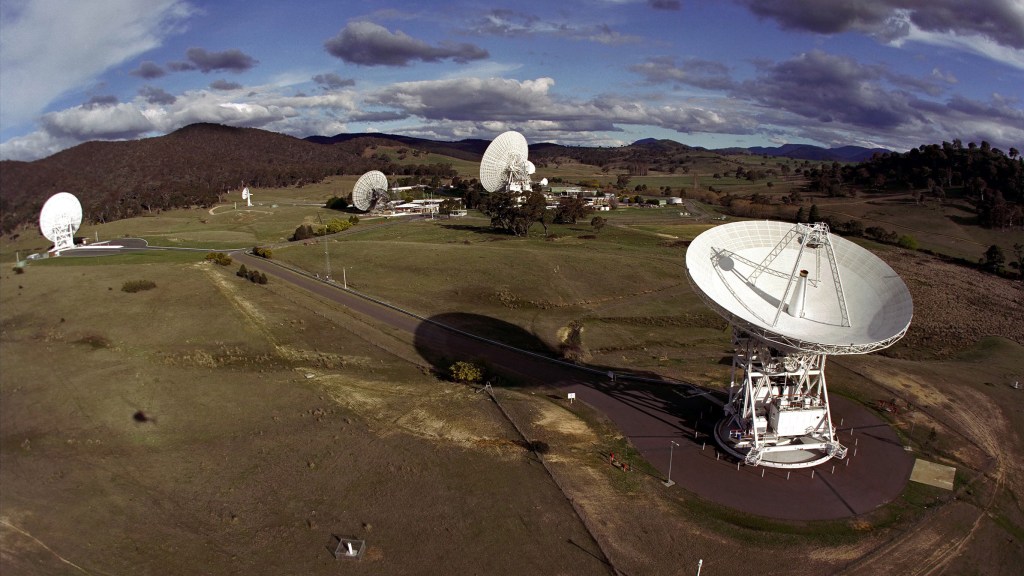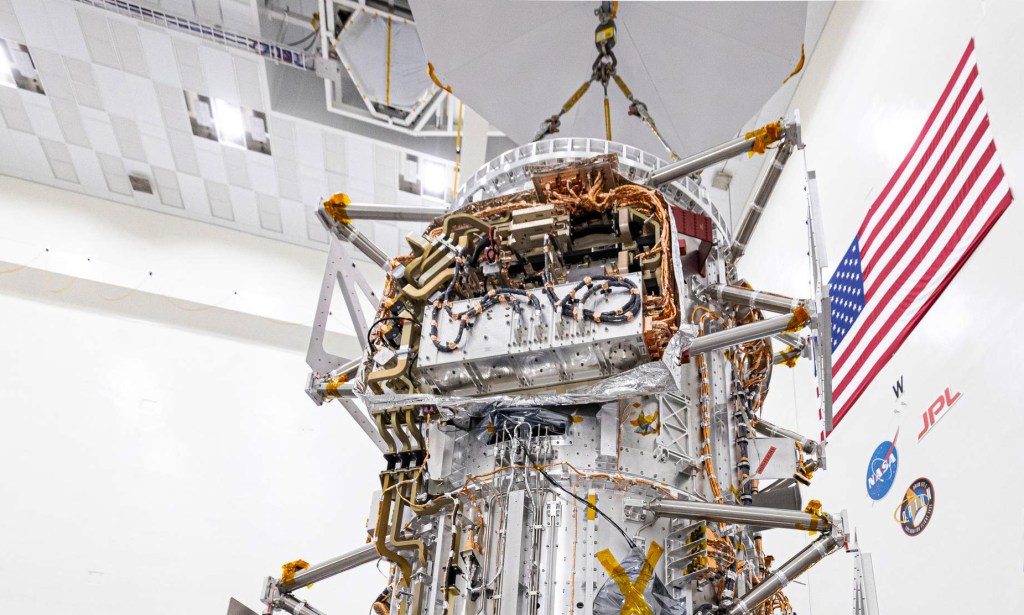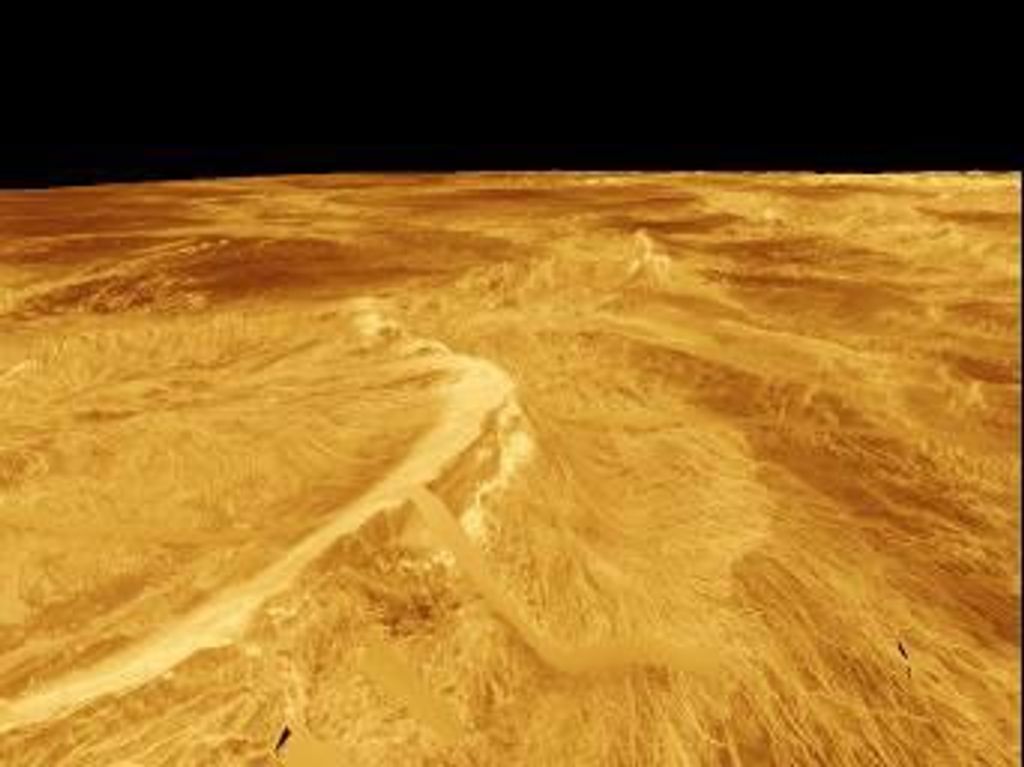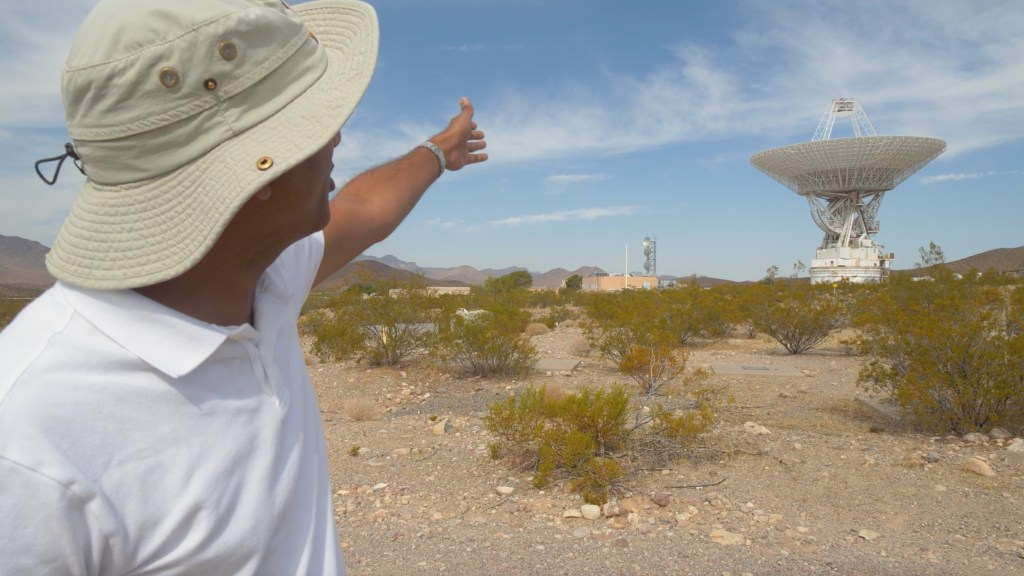Mars Report: Dust Storms on Mars
| Credit | NASA/JPL-Caltech |
|---|---|
| Language |
|
A large dust storm on Mars, nearly twice the size of the United States, covered the southern hemisphere of the Red Planet in early January 2022, leading to some of NASA’s explorers on the surface hitting pause on their normal activities. NASA’s Insight lander put itself in a "safe mode" to conserve battery power after dust prevented sunlight from reaching the solar panels. NASA's Ingenuity Mars Helicopter also had to postpone flights until conditions improved.
A fleet of NASA orbiters monitor Martian dust storms like this one and serve as lifelines to Earth by relaying data from the rovers and lander on the ground back to the team. This includes the Mars Reconnaissance Orbiter, MAVEN, and Odyssey.
Odyssey, while facing its technical issue, was able to recover quickly enough to come to InSight's aid during the dust storm.
For more information on NASA's Mars missions, visit mars.nasa.gov.
TRANSCRIPT
(Raquel Villanueva Narrator)
January 2022, a dust storm nearly twice the size of the United States blankets Mars’ southern hemisphere, reducing sunlight and uniting NASA's spacecraft to help one another through the storm.
NASA’s Curiosity rover captured these images as the dust rolled in, obscuring the horizon. Also in the storm's path was NASA’s InSight lander, which had to stop its science work after dust prevented sunlight from reaching the solar panels.
InSight hunkered down for 11 days to conserve battery power, but didn’t weather the storm alone. A fleet of NASA orbiters monitor dust storms from above and serve as a lifeline to earth relaying data from Mars’ explorers back to the team.
Dust storms like this recent one start close to the ground and are spread by wind as they rise – warming the cold Martian atmosphere. Storms are first detected by MRO’s Mars Color Imager or MARCI which produces a daily global weather map.
As dust rises in the atmosphere, MRO’s Mars Climate Sounder Instrument measures temperature to determine how fast the storm could spread.
MAVEN studies the upper atmosphere, including how dust affects the escape of water and other gases from the atmosphere.
And for 20 years, Odyssey’s Thermal Emission Imaging System or THEMIS has helped measure global dust activity over time.
The orbiter also sends most of InSight’s data to Earth. But as Odyssey went to check on InSight, it experienced a software issue.
The odyssey team swung into action, recovering quickly so engineers could send new instructions to InSight.
The dust even grounded NASA’s Ingenuity mars helicopter, postponing flights until conditions improved.
Dust storms form during all Martian seasons. some can balloon in a matter of days, like the 2018 global dust storm which led to the end of NASA’s Opportunity rover.
Despite the challenges dust creates for spacecraft, studying storms is critical for creating future weather forecasts and preparing for a potential human mission to Mars.
To get the latest updates, follow at @NASAJPL and @NASAMARS on social media or take a deeper dive on the mission websites at mars.nasa.gov




